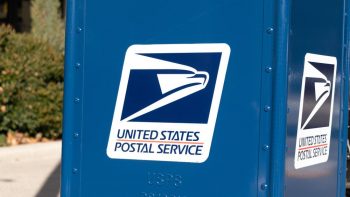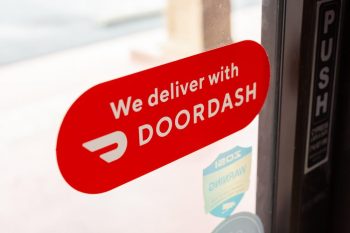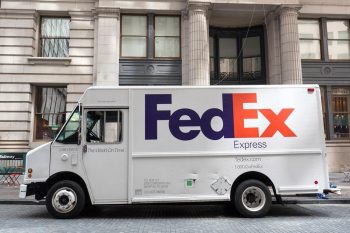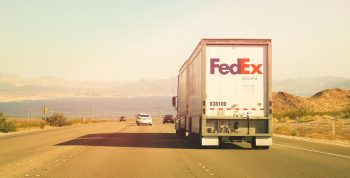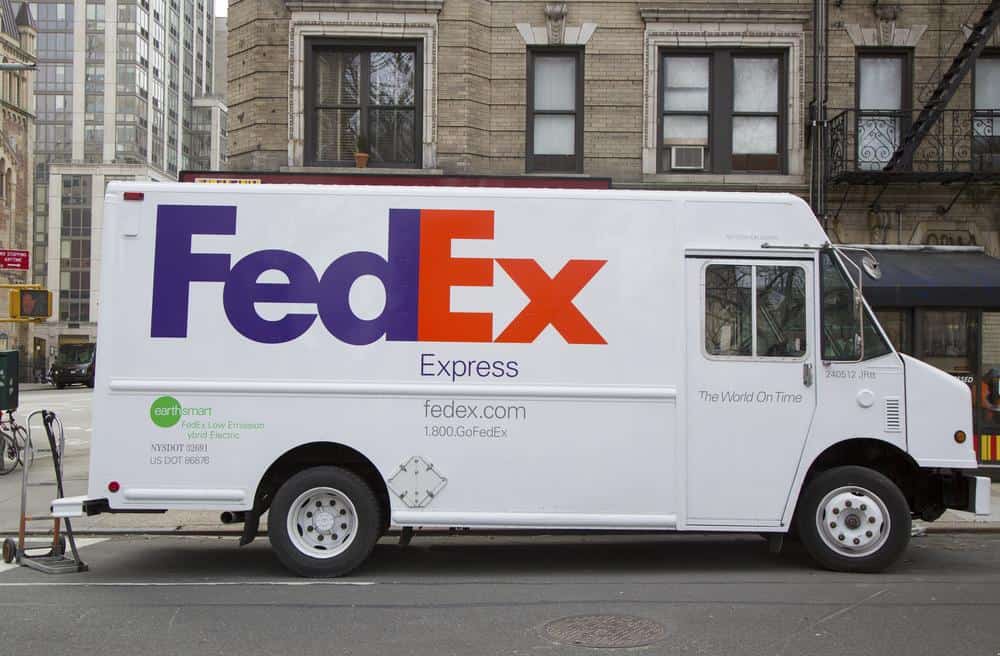
FedEx, a global leader in the courier delivery services industry, operates a complex and efficient network of routes to ensure that packages reach their destinations on time. But how exactly do FedEx routes work? In this comprehensive guide, we’ll delve into the intricate workings of FedEx routes, the technology and data involved, and the differences between urban and rural routes.
FedEx routes work through a contractual agreement between FedEx and independent business owners who manage deliveries and pickups within specific territories. FedEx uses route optimization software, delivery area delimitation, and assigns specific areas to each driver to determine routes. Technologies such as GPS tracking, barcode scanning, and advanced routing algorithms help optimize these routes for efficiency. The nature of routes can vary significantly between urban and rural areas due to differences in package density and distances between stops.
What is a FedEx Route?
A FedEx route is a contractual agreement between an independent business owner and FedEx. The business owner, or contractor, is responsible for delivering and picking up packages within a specific territory or along a designated route. FedEx routes fall into two main categories: Pickup & Delivery (P&D) routes and Linehaul routes.
P&D routes involve delivering and picking up packages from homes and businesses within a specific territory, usually defined by zip codes. Linehaul routes involve driving a tractor-trailer and crossing state lines to deliver loads to and from designated FedEx hubs.
Determining FedEx Routes
FedEx determines its routes through a combination of route optimization software, delivery area delimitation, and assigning specific areas to each driver. The optimization process takes into consideration factors such as distances, traffic, road types, and other variables to establish the most efficient routes for each driver.
To further optimize their routes, FedEx drivers sort packages by zip code, making it easier to cover specific areas with particular drivers and vehicles. Route optimization software and apps, such as Straightaway, can also help drivers save time and fuel by organizing and optimizing their routes.
Role of Technology and Data
Technology and data play a crucial role in the planning and execution of FedEx routes. FedEx uses a variety of technologies to collect and analyze data, including GPS tracking, barcode scanning, and sensor-based monitoring systems. These technologies help the company optimize delivery routes, reduce delivery times, and minimize costs.
Additionally, FedEx uses advanced routing algorithms to optimize delivery routes. The company’s Network 2.0 initiative and DRIVE program aim to further improve the efficiency of its Express, Ground, and Freight operating units by restructuring networks, reducing routes, and deploying resources more efficiently.
Urban Vs. Rural Routes
FedEx routes in urban and rural areas differ in several ways. Urban routes typically have higher package density, shorter distances between stops, and more traffic congestion. On the other hand, rural routes often cover larger territories and have lower package density, resulting in longer distances between stops and more miles driven per day.
To handle these differences, FedEx Ground contractors need to adapt their business strategies and operational approaches based on the specific challenges and benefits of their routes. This may include adjusting cost structures, hiring strategies, and route planning to maximize efficiency and profitability in both urban and rural settings.
Pros and Cons of Owning a FedEx Route
Owning a FedEx route can be a lucrative business opportunity with several advantages, including reliable revenue, lower risks and costs, scalability, and the backing of an industry giant. However, it also comes with disadvantages such as seasonality, inconsistent cash flow, strict rules, potential for high stress, and a large initial investment.
Before deciding to invest in a FedEx route, it’s essential to carefully weigh the benefits against the potential drawbacks and consider whether it’s the right fit for your goals and lifestyle. It’s also advisable to consult with a professional, such as a CPA, to help review the business before making the acquisition.
In conclusion, FedEx routes are an intricate network of deliveries and pickups, optimized for efficiency and cost-effectiveness using technology, data, and strategic planning. Whether you’re contemplating owning a FedEx route or simply curious about how your package gets to your doorstep, understanding how FedEx routes work can provide valuable insights into this global courier giant’s operations.
Frequently Asked Questions
What does the FedEx Network 2.0 initiative entail?
The FedEx Network 2.0 initiative is a company-wide effort to optimize the efficiency of FedEx’s operations. It involves the restructuring of the company’s networks, reduction of routes, and more efficient deployment of resources across its Express, Ground, and Freight units.
What are some examples of the technology FedEx uses for route optimization?
FedEx uses various technologies for route optimization, including GPS tracking for real-time location tracking, barcode scanning for quick and accurate package information retrieval, and sensor-based monitoring systems for vehicle and package condition monitoring. Additionally, FedEx uses advanced routing algorithms and route optimization software to ensure maximum efficiency in their delivery processes.
What are the main differences between Pickup & Delivery (P&D) routes and Linehaul routes?
P&D routes involve delivering and picking up packages from homes and businesses within a specific territory, usually defined by zip codes. These routes are typically shorter and involve more stops. On the other hand, Linehaul routes involve driving a tractor-trailer and crossing state lines to deliver loads to and from designated FedEx hubs. These routes are typically longer and involve fewer stops.
How does FedEx handle delivery in rural areas?
Despite the larger territories and lower package density, FedEx ensures efficient delivery in rural areas by adapting their business strategies and operational approaches. This may include adjusting cost structures, hiring strategies, and route planning to maximize efficiency and profitability.
What are some of the challenges of owning a FedEx route?
Owning a FedEx route comes with several challenges, including dealing with seasonality and inconsistent cash flow, adhering to strict rules and regulations, managing potential high-stress situations, and making a large initial investment. It’s crucial for potential route owners to carefully consider these challenges and seek professional advice before making the investment.





